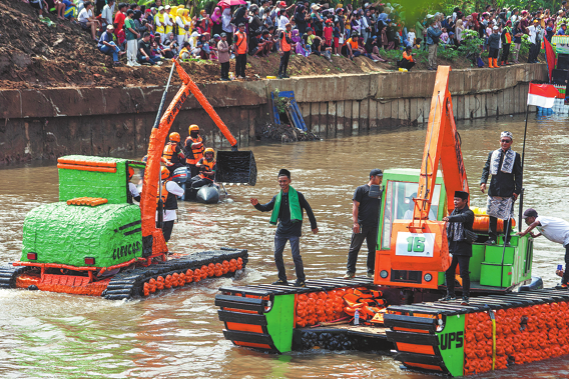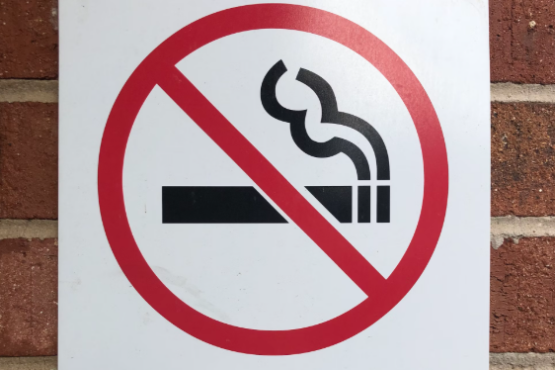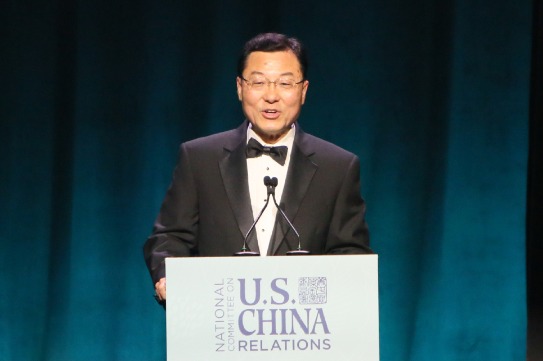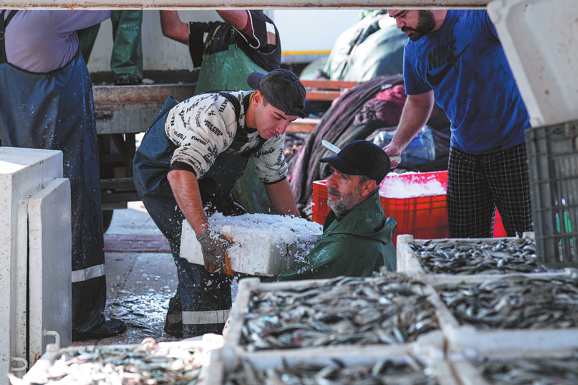Iran gets back to business, but remains watchful


On March 3, Iran's Supreme Leader Ayatollah Ali Khamenei told government agencies, his own office and the armed forces to cooperate fully with the health ministry.
A "biodefense headquarters" was set up by the armed forces to provide extensive services to patients. About 300,000 soldiers and members of Basij, the volunteer force of Iran's Revolutionary Guard, were ordered to sanitize public areas, direct traffic and trace infected patients' contacts.
The army drew up an alternative plan for military parades, aimed at preventing large gatherings of people to contain the virus and help medical workers.
During celebrations to mark Army Day and Ground Force Day on April 17, Iranian military units held health service parades nationwide to show their readiness to assist in the battle against the virus.
The parades were held in Teheran and 24 provincial capitals. Instead of showcasing armaments and military gear, army units displayed disinfection equipment, mobile hospitals, special vehicles for disinfecting and sanitizing public areas, as well as humanitarian aids.
In addition to mobilizing more manpower, Iran has built many hospitals to handle the increasing number of patients.
On March 1, a municipal official in the central province of Yazd said a special hospital would be set up in Yazd city to treat confirmed patients and to contain the virus.
The hospital covers 1,000 square meters and has an emergency ward and a warehouse to store equipment to tackle biohazards.
In early March, Iran's Ministry of Roads and Urban Development prepared 14 new hospitals in different cities to meet the increasing need for treatment.
Makeshift medical centers with thousands of beds opened in venues such as the Teheran International Permanent Fairground. The centers are being used as hospitals or convalescent homes for patients with COVID-19.





























